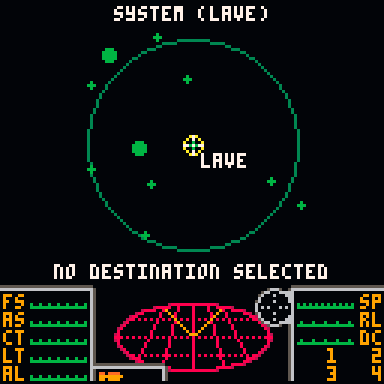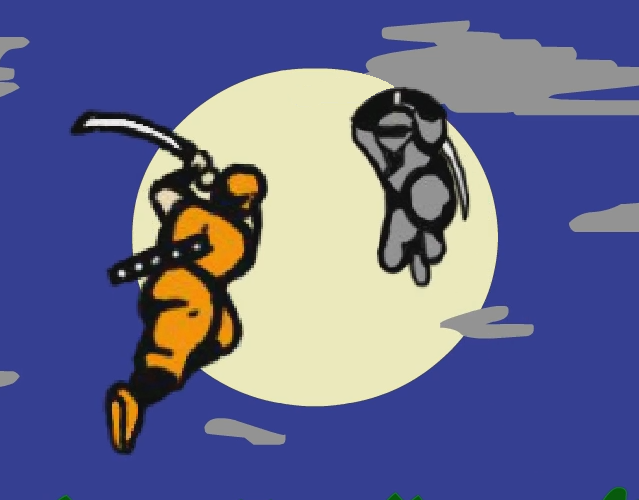This is a pico-8 implementation of the trading system from Elite. This allows you to travel the galaxy and buy/sell goods.
Navigation between screens is done using the pause menu. If you can jump to a new planet a prompt will be displayed. Currently this is restricted to a single galaxy.

Intro screen - the option to load a previous game only shows if you have a previous save. Games are saved automatically when docking in a new station.

Commander status - shows all information about the current game, including cash, fuel, inventory and equipment.




Z/X - previous/next demo
up - turn on/off aabb tree
down - reset simulation
Several physics demos I've written in pico-8. These follow from the work of Erin Catto (see http://twvideo01.ubm-us.net/o1/vault/gdc09/slides/04-GDC09_Catto_Erin_Solver.pdf)
The solver solves both inequality constraints (e.g. collisions) and equality constraints (e.g. joints).
I've reduced the framerate for web down to 30fps, but it works well at 60fps (in face the higher framerate is better for the solver).
Still issues to solve, e.g. jitter on resting contact, so I probably need to do a rewrite at some point.
update
I've added a couple more demos including mass-spring-damper systems








This cart demos some work I've been doing on 3d rendering - including both flat shading and per-vertex shading.
up/down/left/right - orient
z - change colour palette
x - change render mode
The per-vertex shading is experimental code using sspr for render scanlines from the spritesheet. There are some issues with this - lighting discontinuities possibly fixed-point related.
I wouldn't be surprised if there are some bugs, and I need to update the transform code and add in viewport culling.
Comments/suggestions welcome.
update:
- increased rendering performance (radix sort + pipeline changes)
- fixed per-vertex shading











 2 comments
2 comments














